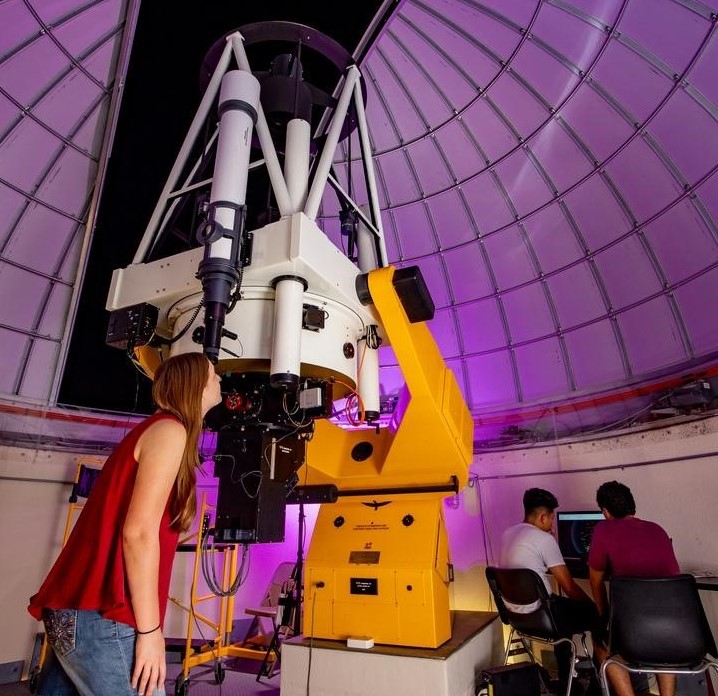Document Type
Article
Publication Title
Journal of Geophysical Research A: Space Physics
Abstract
This paper reports a modeling study of terrestrial gamma ray flashes (TGFs) produced by relativistic feedback discharges. Terrestrial gamma ray flashes are intense energetic radiation originating from the Earth’s atmosphere that has been observed by spacecraft. They are produced by bremsstrahlung interactions of energetic electrons, known as runaway electrons, with air atoms. An efficient physical mechanism for producing large fluxes of the runaway electrons to make the TGFs is the relativistic feedback discharge, where seed runaway electrons are generated by positrons and X-rays, products of the discharge itself. Once the relativistic feedback discharge becomes self-sustaining, an exponentially increasing number of relativistic electron avalanches propagate through the same high-field region inside the thundercloud until the electric field is partially discharged by the ionization created by the discharge. The modeling results indicate that the durations of the TGF pulses produced by the relativistic feedback discharge vary from tens of microseconds to several milliseconds, encompassing all durations of the TGFs observed so far. In addition, when a sufficiently large potential difference is available in thunderclouds, a self-propagating discharge known as the relativistic feedback streamer can be formed, which propagates like a conventional positive streamer. For the relativistic feedback streamer, the positive feedback mechanism of runaway electron production by the positrons and X-rays plays a similar role as the photoionization for the conventional positive streamer. The simulation results of the relativistic feedback streamer show that a sequence of TGF pulses with varying durations can be produced by the streamer. The relativistic streamer may initially propagate with a pulsed manner and turn into a continuous propagation mode at a later stage. Milliseconds long TGF pulses can be produced by the feedback streamer during its continuous propagation. However, the continuous propagation of the streamer tends to be unstable, because it does not expand like the conventional positive streamer. Its head electric field continues to increase and can reach half of the conventional breakdown threshold field, which results in an ion density of 3–10 1014 m–3 in the channel immediately following the head. The spatial width of the high field region in the streamer head is about 100 m and the streamer speed is about 5 105 m/s. As a result, conventional positive streamers can be initiated from thundercloud hydrometeors or inhomogeneities of enhanced conductivities of millimeter sizes in the relativistic feedback streamer head and the positive streamers may further result in the formation of leaders. In addition, a relativistic feedback streamer can result in a charge moment change of several tens of coulomb-kilometers in a few tens of milliseconds, indicating that the relativistic feedback discharge process could be an important component for thundercloud charge dynamics.
DOI
10.1002/jgra.50232
Publication Date
2013
Recommended Citation
Liu, Ningyu and Dwyer, Joseph R., "Modeling Terrestrial Gamma Ray Flashes Produced By Relativistic Feedback Discharges" (2013). Aerospace, Physics, and Space Science Faculty Publications. 541.
https://repository.fit.edu/apss_faculty/541


